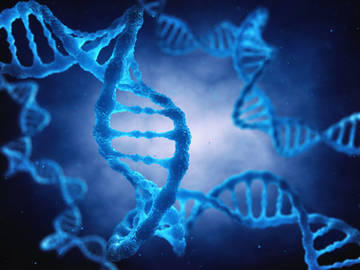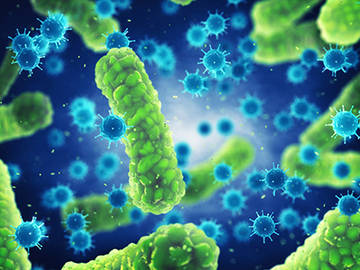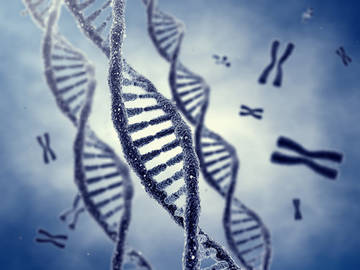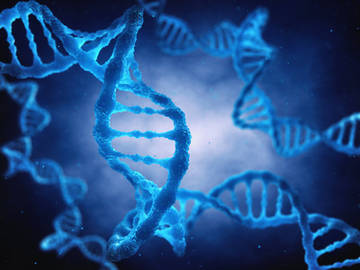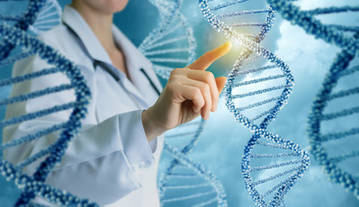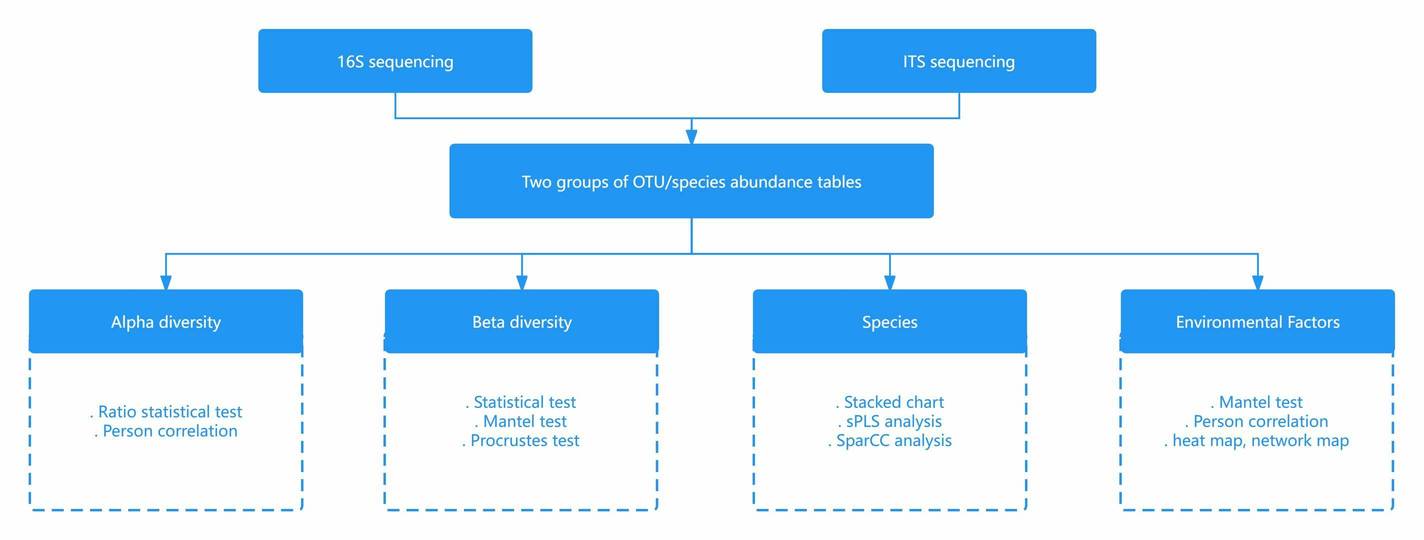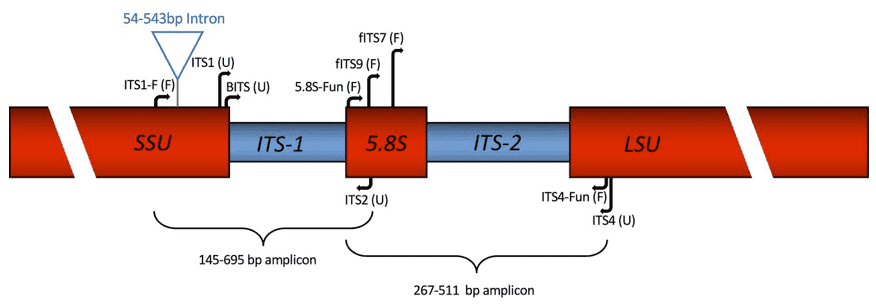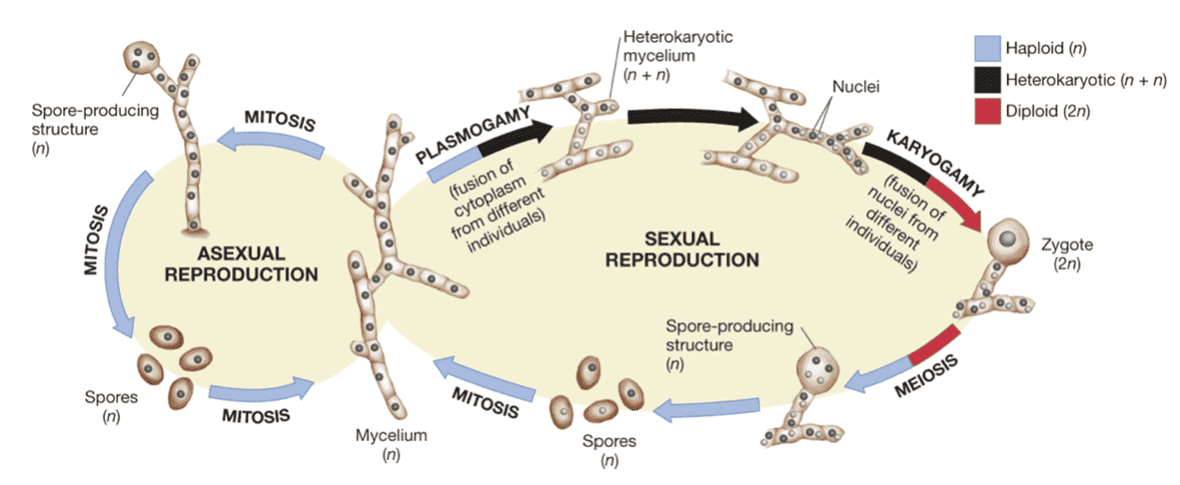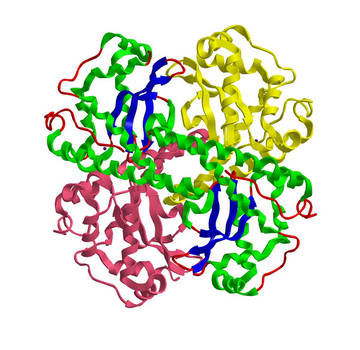Applications of ITS Sequencing
The connection between human microorganisms and human health or illness can be studied using ITS sequencing:
- Microorganisms of the agricultural rhizosphere, plant interactions, fertilization, and the microbial community of the soil
- Study on animal intestines, animal health, and nutrition digestion.
- Sewage diagnosis, marine pollution, and petroleum degradation are all subjects of study.
- Microbial communities in extreme environments like glaciers and volcanoes.
Use in Phylogeny
Due to several advantages, sequence comparison of the eukaryotic ITS regions is widely used in taxonomy and molecular phylogeny:
- Because of its small size and the availability of highly conserved flanking sequences, it is frequently amplified.
- The high copy number of the rRNA clusters makes it easy to detect even from small amounts of DNA.
- Through unequal crossing-over and gene conversion, it undertakes fast coordinated evolution. Although high-throughput sequencing revealed frequent variants within plant species, this facilitates intra-genomic homogeneity of the repeat units.
- Even among closely related species, there is a lot of variation. This can be stated by the fact that non-coding spacer sequences are subjected to relatively low evolutionary pressure.
Mycological barcoding
The ITS area has been proposed as the universal fungal barcode sequence because it is the most widely sequenced DNA area in the molecular ecology of fungi. It has traditionally been used for molecular systematics at the species to genus level, as well as within species. Variance among individual rDNA repeats can occasionally be noted within both the ITS and IGS areas, due to its higher degree of the variance than other genic areas of rDNA. Several taxon-specific primers have been defined that enable selective amplification of fungal sequences, in addition to the universal ITS1+ITS4 primers utilized by many laboratories. Despite the fact that shotgun sequencing techniques are becoming more popular in microbial sequencing, the low biomass of fungi in clinical specimens makes ITS region amplification a research topic.



